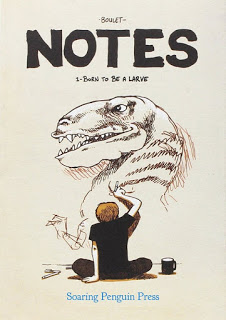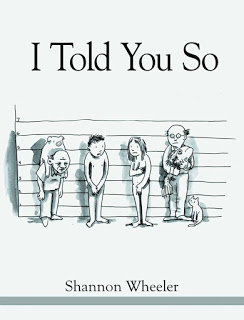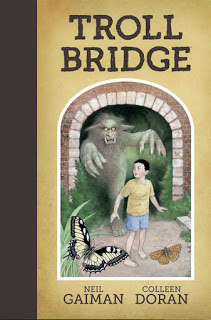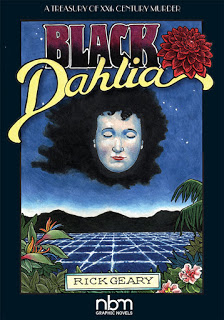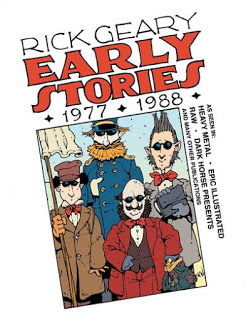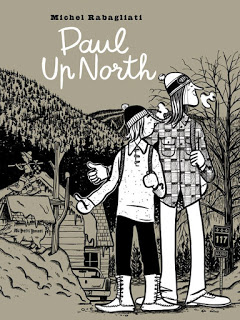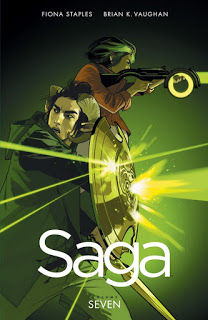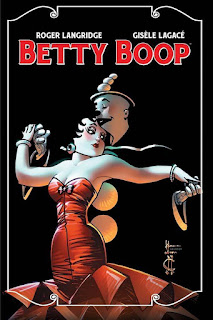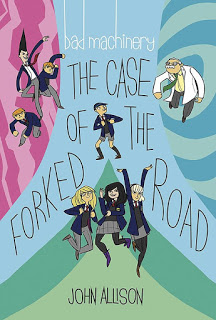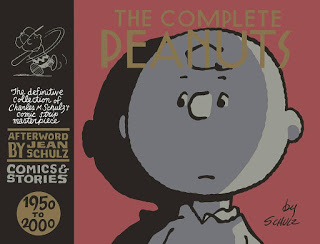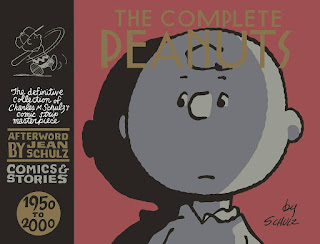Notes, Vol. 1: Born to Be a Larve by Boulet
Boulet is one of those European Cartoonists who are so cool they only need one name, like Herge. (And several others — I feel like there’s a lot of them, but can’t be bothered to research the question right now.) Or maybe it’s not a coolness thing — perhaps it helps them avoid the social shame of being known publicly as a cartoonist? Or maybe it just fits better on a comics page as a signature?
So many possibilities.
Anyway, his real name is Gilles Roussel, but he works in comics as Boulet. And he started a blog in 2004, which seems to be what really pushed his career forward and gave him some momentum. (2004 was a good year for blogs — most of the years since, not so much.)
The blog has been collected in several volumes in French, under the overall title Notes. (Wikipedia lists four volumes, but that’s only through 2010. Actually, that Wikipedia entry seems to stop listing anything as of about 2010, which leads me to believe it hasn’t been updated this decade.) Last year, Soaring Penguin Press — which I’ve never heard of before, though I immediately like them for their name — had the first volume translated and published it in the UK. And somehow one copy of that edition found its way to an independent bookstore in New Jersey and finally into my hands.
That book is Notes, Vol. 1: Born to Be a Larve . (Not sure why it uses the French spelling “larve” rather than the English “larva,” but that’s just my editor-brain kicking in when no one asked it to.) And it collects roughly the first year of that comics-blog, plus some framing pages of Boulet talking to a woman (his editor? a friend? another comic-blogger? she doesn’t seem to be a girlfriend, and I can’t find anywhere she’s named) about assembling and organizing this very book you’re reading.
The new material (well, “new” as of 2008 when the book was assembled) comments on and contextualizes the older blog entries — this is a fancy way to say that Boulet and his unnamed female interlocutor talk about the story on the previous pages, and Boulet sometimes gives more details about those stories.
Because this is the kind of blog that’s based on real life. (They all supposedly were, and it can be hard to tell how much any individual blog is “real,” I suppose, but this is mostly day-to-day life-of-a-cartoonist stuff.) There’s some stories about conventions, and some stories about daily life as a cartoonist, and the inevitable here’s-the-dream-I-had-last-night-because-I-can’t-think-of-anything-else-this-week entry. All of the old blog entries are in color — some seem to be watercolored, and some are more traditional spot color (by Boulet, presumably) over pen-lines. The new stuff is mostly black-and-white, except for the orange of Boulet’s hair. (Which is a fun design element, and also shows how much his style loosened up between the initial blog entries and this book.)
Some of the stories are a single page, but they’re generally longer than that — enough to tell a little story, or run through a series of events. The stories themselves are not dates, though Boulet mentions several times how much trouble it was to find all of them and put them in the correct chronological order.
So this is a book of parts — Boulet explicitly worries about that in his framing material up front, and revisits the idea at the end — like a book of short stories. It’s all things that happened to this one French cartoonist (even if some of them, as with many creative folks, were things that happened entirely in his head) over the course of a year more than a decade ago.
(By the way, the blog is still going, and there’s an English version now — the latter is available here .)
If you’re the kind of American whose conception of “comics” is entirely filled by people in bright colors punching each other, this is very much not the book for you. I hope there aren’t actually that many of you, but — since I’m a pessimist — I tend to assume you’re the majority, you thick-knuckled vulgarians you. But, for the rest of us, this is a neat book by an interesting creator, and for other comics-makers, it’s an intriguing look into a life in comics in a somewhat different market and ecosystem.
![]()
![]()
Reposted from The Antick Musings of G.B.H. Hornswoggler, Gent.

